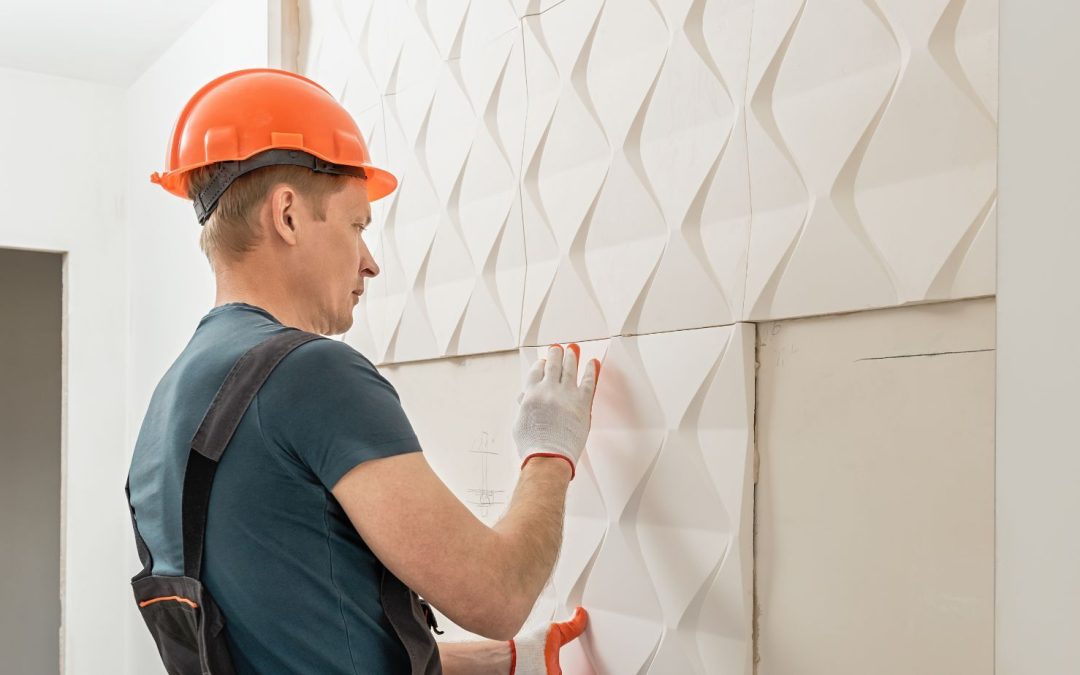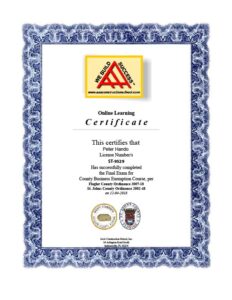Paneling can be a popular choice for wall coverings, but there may come a time when you want to remove it to update your space or reveal the original wall surface. Removing paneling from walls is a relatively straightforward process that can be done with some basic tools and a little bit of patience. In this comprehensive guide, we will walk you through the step-by-step process of removing paneling from walls. So, let’s get started and learn how to remove paneling from walls!
Gather the Necessary Tools
Before you begin removing the paneling, gather the following tools:
- Pry bar: A pry bar will help you loosen and remove the paneling from the wall.
- Hammer: You’ll need a hammer to gently tap the pry bar and assist in removing the paneling.
- Putty knife: A putty knife will come in handy for scraping away any adhesive or leftover residue.
- Utility knife: A utility knife can be used to score the edges of the paneling, making it easier to remove.
- Safety goggles and gloves: It’s important to protect your eyes and hands during the paneling removal process.
Prepare the Workspace
Before you begin removing the paneling, take the following steps to prepare your workspace:
- Clear the area: Remove any furniture or objects near the wall to create a clear working space.
- Cover the floor: Lay down a drop cloth or old sheets to protect the floor from any falling debris or damage.
Start Removing the Paneling
Now that you have everything prepared, it’s time to start removing the paneling. Follow these steps:
- Locate the seams: Look for the seams where the paneling pieces meet. These are typically where the panels will be joined together.
- Start at the corner: Begin at one corner of the wall and insert the pry bar between the paneling and the wall. Gently apply pressure to loosen the paneling from the wall.
- Work your way along the wall: Gradually move the pry bar along the wall, applying gentle pressure to loosen the paneling. Be careful not to force the pry bar too forcefully, as it may damage the wall surface.
- Remove the paneling: Once the paneling is loosened, carefully pull it away from the wall. Continue this process until all the paneling is removed.
Remove Adhesive and Residue
After removing the paneling, there may be adhesive or residue left on the wall. Follow these steps to clean it up:
- Scrape away adhesive: Use a putty knife or a scraper to gently remove any adhesive or residue from the wall. Take care not to damage the wall surface while scraping.
- Apply adhesive remover (if necessary): If the adhesive is stubborn and difficult to remove, apply a commercial adhesive remover according to the manufacturer’s instructions. Allow it to sit for the recommended time and then scrape away the softened adhesive.
- Clean the wall: Once all the adhesive is removed, clean the wall with warm soapy water and a sponge or cloth to remove any remaining residue. Rinse the wall thoroughly and allow it to dry completely.
Repair and Prepare the Wall
After removing the paneling and cleaning the wall, it’s time to repair and prepare the surface for further treatment. Follow these steps:
- Fill holes and cracks: Fill any holes or cracks in the wall with spackle or putty. Smooth the surface with a putty knife and allow it to dry according to the product instructions.
- Sand the wall: Once the spackle or putty is dry, sand the wall lightly to create a smooth and even surface. Wipe away any dust or debris with a clean cloth.
- Prime the wall (if necessary): If you plan to paint or apply a different wall treatment, it’s recommended to apply a primer to the prepared wall. Primer helps the new finish adhere better and provides an even base for painting or other applications.
If you’re tired of your old paneling and want to replace it with a new design or prefer wallpaper instead, but don’t want to deal with the hassle of demolition and would rather entrust the task to a professional, then look no further! My team is at your service in the Saint Augustine area! We work with short deadlines and offer competitive prices. With our decades of experience and the satisfaction of our previous clients, you can trust that we will deliver quality work at your place as well.
Call us anytime for a quote! 1(904)217-968
Frequently Asked Questions: Remove Paneling from Walls
Can paneling be removed from any type of wall?
Paneling can typically be removed from most wall types, including drywall and plaster. However, the removal process may vary depending on the specific wall material. Take care to avoid damaging the underlying wall surface.
What if the paneling is glued to the wall?
If the paneling is glued to the wall, you may need to use a heat gun to soften the adhesive before attempting to remove it. Heat the paneling with the heat gun, and then carefully pry it away from the wall.
Can I reuse the removed paneling?
In some cases, you may be able to reuse the paneling if it’s in good condition. Clean the paneling thoroughly and store it in a dry and safe place until you’re ready to repurpose or reinstall it.
Can I remove paneling without damaging the wall?
While it’s possible to remove paneling without causing damage to the wall, there is always a risk, especially if the paneling was installed with adhesive. Take your time, use the proper tools, and proceed with caution to minimize potential damage.
How long does it take to remove paneling from walls?
The time it takes to remove paneling depends on various factors, including the size of the wall, the type of paneling, and the adhesive used. On average, it can take a few hours to a full day to complete the removal process.
Removing paneling from walls is a manageable DIY task that can transform the look and feel of your space. By following the step-by-step guide provided in this article, you now have the knowledge and confidence to successfully remove paneling from your walls. Remember to gather the necessary tools, prepare the workspace, and take your time during the removal process. Enjoy revealing the original wall surface or preparing it for a fresh treatment that suits your style!
Call us for a quote! 1(904)217-968
Related blog articles:


